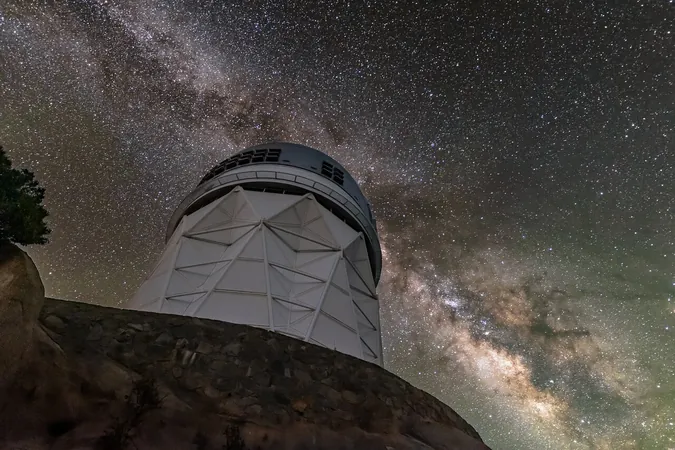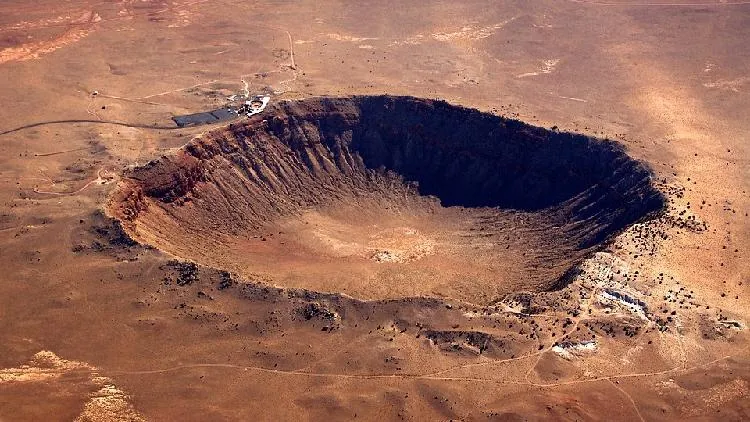
Einstein's Gravitational Masterpiece: Scientific Breakthroughs Solidify His 1915 Predictions!
2024-11-25
Author: Rajesh
Introduction
In 1915, the brilliant scientist Albert Einstein unveiled his groundbreaking theory of general relativity, fundamentally reshaping our understanding of the Universe. This revolutionary model shifted the perception of gravity from a simple force, as illustrated by Newtonian physics, to an intricate framework that outlines the very fabric of cosmic structure. According to Einstein, gravity is not just an attraction between masses; it actually molds the structure of space and time itself.
Astronomical Discoveries
Over the past century, astronomical discoveries have expanded our cosmic knowledge dramatically, revealing complexities that Einstein could scarcely have foreseen. Certain observations, like gravitational lensing—where light from distant galaxies is bent around massive objects—strongly support the validity of general relativity. However, other findings have raised questions about the model's completeness. For example, the observed rotation speeds of galaxies surpass expectations based on visible matter alone, birthing the concept of dark matter. Additionally, recent studies show that the Universe's expansion is accelerating, necessitating the existence of dark energy.
Alternative Theories
These mysteries have led some astronomers to advocate for alternative theories, suggesting that a new model might explain the motion of stars and galaxies without recourse to elusive dark materials. The prevailing model in cosmology, known as the LCDM (Lambda Cold Dark Matter) model, accounts for roughly 5% ordinary matter, 25% dark matter, and a whopping 70% dark energy, describing a Universe that originated from a dense, hot state around 13.78 billion years ago.
Recent Developments
However, recent developments have made it exceedingly tough for modified gravity theories to challenge the LCDM paradigm. This year, findings from the Dark Energy Spectroscopic Instrument (DESI) collaboration provided powerful confirmation of Einstein's model. The DESI survey meticulously mapped nearly six million galaxies over an astounding 11 billion years of cosmic history, creating the largest three-dimensional representation of the Universe to date.
Support for LCDM
The LCDM model makes precise predictions regarding cosmic structure and clustering. If dark energy were merely a repulsive force rather than an intrinsic property of spacetime, the evolution of galaxy clustering would starkly differ from what has been observed. Furthermore, if dark matter is simply an illusion created by modifications to gravity, the measurements and scales of galaxy clustering would likewise change. The latest DESI findings highlighted the robustness of the LCDM model, which continues to outperform competing modified gravity theories.
Conclusion
While additional cosmic enigmas remain—most notably, the ongoing Hubble tension problem, which questions the consistency of measurements of the Universe's expansion rate—Einstein's framework stands tall. With exceptional observational support, the legendary physicist's revolutionary ideas continue to dominate the field of cosmology. For now, despite the search for novel theories aimed at ultimately dethroning him, the wild-haired genius remains atop the cosmic hierarchy, his predictions standing firm against the tides of modern astronomy.
Stay Tuned!
Stay tuned for more astronomical revelations as scientists continue to probe the depths of our Universe!






 Brasil (PT)
Brasil (PT)
 Canada (EN)
Canada (EN)
 Chile (ES)
Chile (ES)
 España (ES)
España (ES)
 France (FR)
France (FR)
 Hong Kong (EN)
Hong Kong (EN)
 Italia (IT)
Italia (IT)
 日本 (JA)
日本 (JA)
 Magyarország (HU)
Magyarország (HU)
 Norge (NO)
Norge (NO)
 Polska (PL)
Polska (PL)
 Schweiz (DE)
Schweiz (DE)
 Singapore (EN)
Singapore (EN)
 Sverige (SV)
Sverige (SV)
 Suomi (FI)
Suomi (FI)
 Türkiye (TR)
Türkiye (TR)